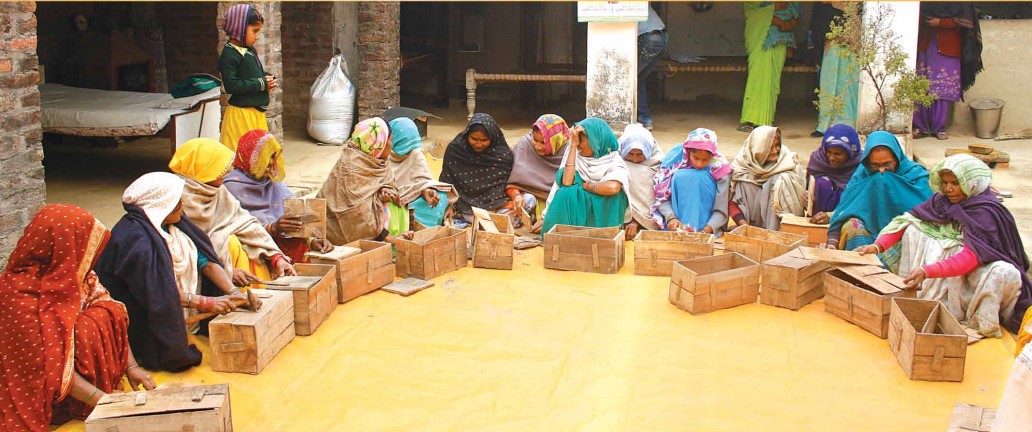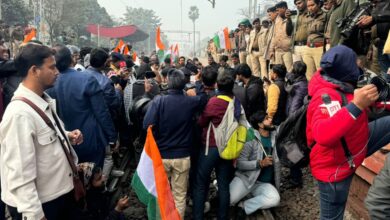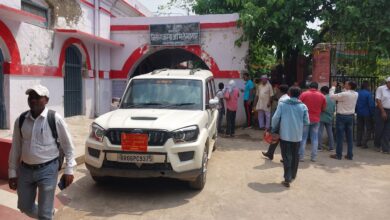Why Bihar performs poorly on gender parity indices despite many affirmative actions?

By Atul K Thakur and Ashmita Gupta
Among the key characteristics of Bihar Chief Minister Nitish Kumar’s developmental practices, the most noticeable and possibly admired part is his policy choice and action steered by an alternative paradigm. He should be known best for balancing the compulsions of political economy and keeping the optics fine irrespective of challenges. Making consensus for unprecedented changes is never a simple task, especially so for a leader of the coalition government and in a state that is politically most conscious and ideology-oriented in India.
In his long and eventful tenure as Bihar’s Chief Minister, he oriented the policy regime towards less explored but immensely important areas like gender parity. Under his leadership, the Government of Bihar introduced several progressive policies’ targeted towards women. Many of them were path-breaking such as reservation of women in government jobs and Panchayats. Ever since 2005, the policies introduced by Bihar for health, education, gender discriminatory norms, social protection and household infrastructure call for greater attention as the fairly best practices in governance.
For example, the “Mukhyamantri Balika Cycle Yojana”, improved school attendance of girls and reduced dropout rates by about 40 percent. After its success in Bihar, it also got emulated in other states. Self-Help Groups (SHGs) formed under Jeevika and Gram Varta, have led to changes in the positive direction such as increase in asset ownership, formation of strong networks and positive attitude towards aspirations and social norms. As of now, there are about 11 lakh Jeevika groups in the state. These are the platforms for financial inclusion, environmental awareness and even providing vaccination. The concerted interventions have certainly brought about changes in social norms and made possible a direct platform for the government to communicate with its citizens for improving governance framework. However, their long-lasting effects on productive asset ownership and entrepreneurial development among women will reflect gradually and over a long period of time.
The Government of Bihar has reserved 50 per cent of the seats at local Panchayat bodies for women. According to the Bihar Gender Report Card 2019, there were 70,400 women in the decision-making positions at the local level. In the last few years, the Government of Bihar has made its priorities clear by declaring seven resolves (Saat Nishchay). Many of these resolves are directly targeted towards women. For example, 35 per cent reservation for women in all government jobs from 2016 onwards. Other schemes are targeted towards the development of household infrastructure such as ensuring piped drinking water for houses, electrification, and development of toilets, drainage and sewerage facilities. These schemes are likely to indirectly benefit women as it will reduce some of the burden of domestic works and livelihoods.
Some of the effects of these schemes are visible in Bihar such as the presence of a large number of females as traffic police and in police services. These have enabled changing perceptions that women need to be in less physically challenging occupations. The increase of an aspirational class of women in a primarily male dominated and agrarian society can surely be attributed to some of the affirmative actions taken by the state government in Bihar.
The state-wide alcohol ban policy was implemented due to demand from women and made Nitish Kumar particularly popular among them. If we look at electoral data in the last 40 years, we find that political participation of women has hugely increased particularly after 2010. In the last two elections, in about half of the constituencies the number of female voters was higher than males.
However, Bihar still fares reasonably low in gender development indices compared to other states. The sex ratio is 916 per 1000 which is lower than the average of all states in India. It has lower levels of female literacy and one of the lowest levels of labour force participation in the country which is about 2.8 per cent. It also has a high incidence of child marriage and low political representation. Many of these indicators are used to calculate the gender equality index in Sustainable Development Goals (SDGs) indicators. In a recent report of the NITI Aayog, Bihar fared right at the bottom of the ranking of SDGs. This remains a pressing concern.
How do we explain the poor gender equality indicators in spite of so many affirmative actions taken by the state government? In order to answer this, we must keep in mind that gender-related issues are not isolated to the problems of females. Gender inequality indicators are manifestations of bigger issues such as the nature of growth, poverty, malnutrition and hunger. While the progressive affirmative action has given traction to improve the social practices and position of women in Bihar, what lacked alongside a parallel move to fade the economic headwinds and check the outbound migration from the state. It surely gives no relief to the government’s efforts when the size of formal sector in Bihar is hardly growing, with about only 9 percent of workforces involved in the formal sector (the share of people working in government jobs is even lesser), the Government of Bihar has a long way to go for solving the endemic developmental disorders that still gripping it and stopping to realise the true developmental potential.
The COVID-19 pandemic came in an unimagined way and badly damaged the lives and livelihoods, for Bihar too, it was a tragedy never seen in history. Once the growth momentum of the world stopped, its toll was too negative on India and thus on Bihar being a state with unusually high migration and dependence on remittance income for running the households. As it stands, the unemployment rate in Bihar is at an all-time high (approximately 12 per cent) and has been severely exacerbated with the return of millions of migrant workers with the effects of pandemic and lost opportunities. A shrinking economy, lack of private investment, and poor infrastructure has further contributed to the plight of the people.
Evidence suggests that women and girls are particularly vulnerable to negative income shocks within the household. Bihar’s socio-economic structure still is patriarchal with a strong male preference. Hence, it is expected that these COVID-induced negative shocks would disproportionately hurt women. Hence, the contracting economy and loss of jobs will further hurt women.
In a post-COVID world, major changes in the nature of occupations and restructuring of the economy are happening. So, affirmative action and policies targeted towards women have made a good beginning by offering incentives and improving aspirations.
However, these are not self-sufficient till the base of livelihoods expanded in the formal sector and more employment was created locally. In order to make such sustainable effects, the Government of Bihar needs to focus on policies of long-term economic growth and development. Special attention should be given to attracting private entrepreneurship and investment, ensuring law and order and skilling policies for women so that they do not remain left behind.
(Courtesy: FirstPost. Atul K. Thakur is a Policy Professional, Columnist and Writer with a special focus on South Asia; Ashmita Gupta is an Economist and Faculty at Asian Development Research Institute (ADRI), Patna. Views are personal.)




